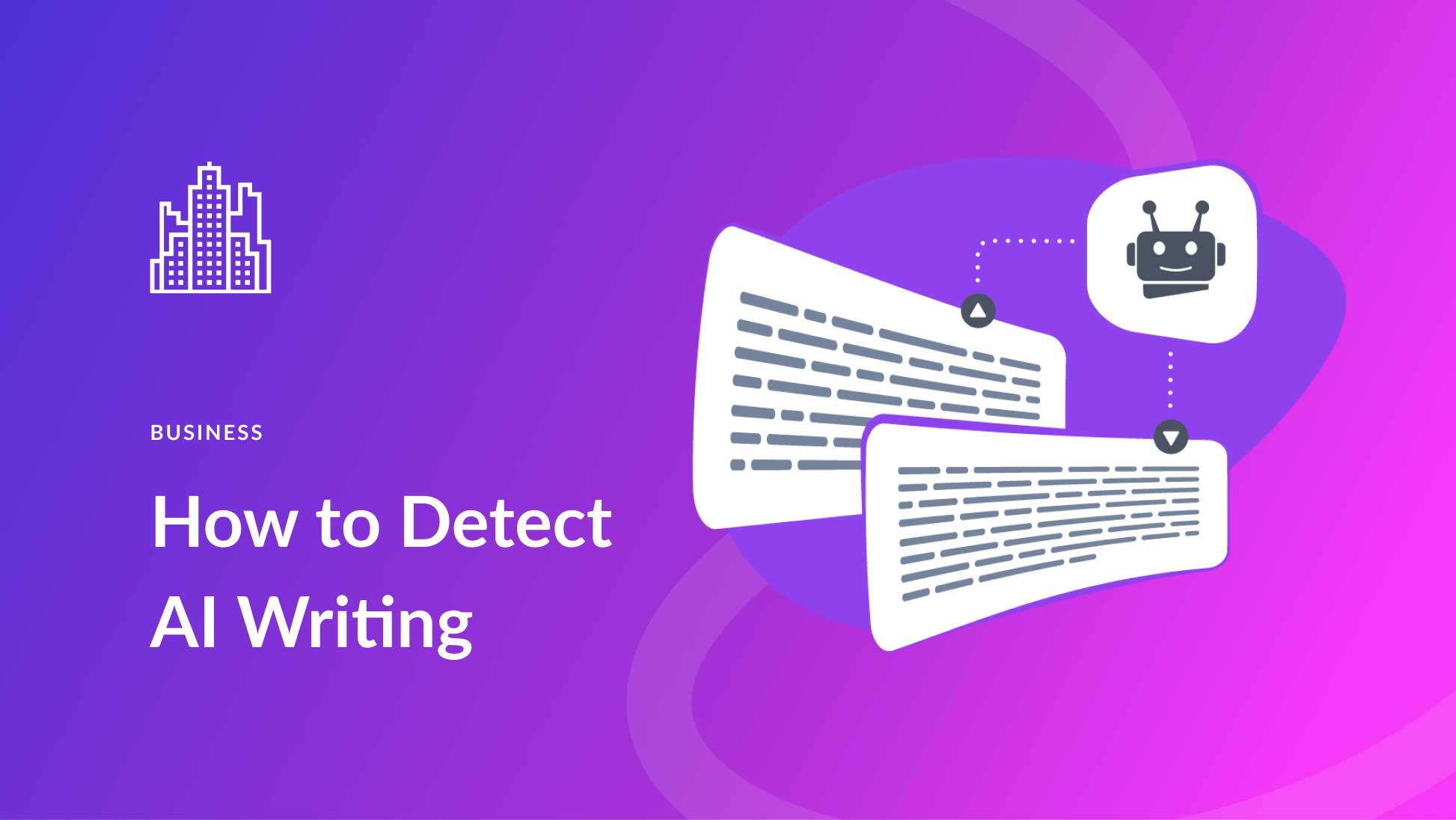With the advent of ChatGPT in late 2022, artificial intelligence (AI) has surged in popularity, finding applications in various domains like art, voice generation, video production, and content creation. While AI offers productivity and creativity enhancements, it also raises ethical concerns. In this post, we explore the world of AI writing and offer tips to identify AI-generated content.
**Understanding AI Writing:**
AI writing employs language models such as ChatGPT to generate original content. By providing a text prompt, users can quickly generate content. AI writing has gained immense popularity, with specialized tools for blog posts, headlines, and more. Detecting AI-generated content is crucial, and AI content detectors have emerged to aid in this process.
**How AI Writers Operate:**
AI writers, primarily based on OpenAI’s GPT3, utilize large language models to string sentences together based on word placement predictions. Although AI content is mostly accurate, around 20% of the time, it may produce incorrect or nonsensical information. AI models like ChatGPT are trained on vast datasets, and their knowledge is limited to the data they were trained on, often leading to outdated or incorrect information.
**Challenges of AI Writing:**
While AI writing tools enhance productivity, they pose challenges. Distinguishing AI-generated content from human-written content becomes increasingly difficult as AI text generators advance. AI-generated content may lack emotional depth, creativity, and may exhibit a robotic tone due to dataset limitations. Concerns about plagiarism, misinformation, and copyright infringement arise.
**Detecting AI Writing:**
Identifying AI-generated content isn’t always straightforward. Inconsistent tone and style, inaccuracy in information, lack of personal touch, repetitive language, and predictable patterns are indicative of AI-generated content. AI content detection tools, like Originality AI and GPTZero, analyze text to identify predictable patterns and can be valuable in the identification process.
**Using Originality.ai for Detection:**
Originality.ai is a tool to detect AI-generated content. It analyzes content generated by ChatGPT, GPT-4, and Bard using natural language processing techniques. Users can sign up on their website, purchase credits, and scan content for AI detection.
In conclusion, AI writing, with the rise of ChatGPT and similar AI programs, offers both benefits and challenges. Distinguishing AI-generated content from human-written content requires attention to tone, accuracy, personal touch, language patterns, and the use of AI content detection tools. By navigating the world of AI-generated content mindfully, users can leverage its potential while ensuring ethical and responsible use.


